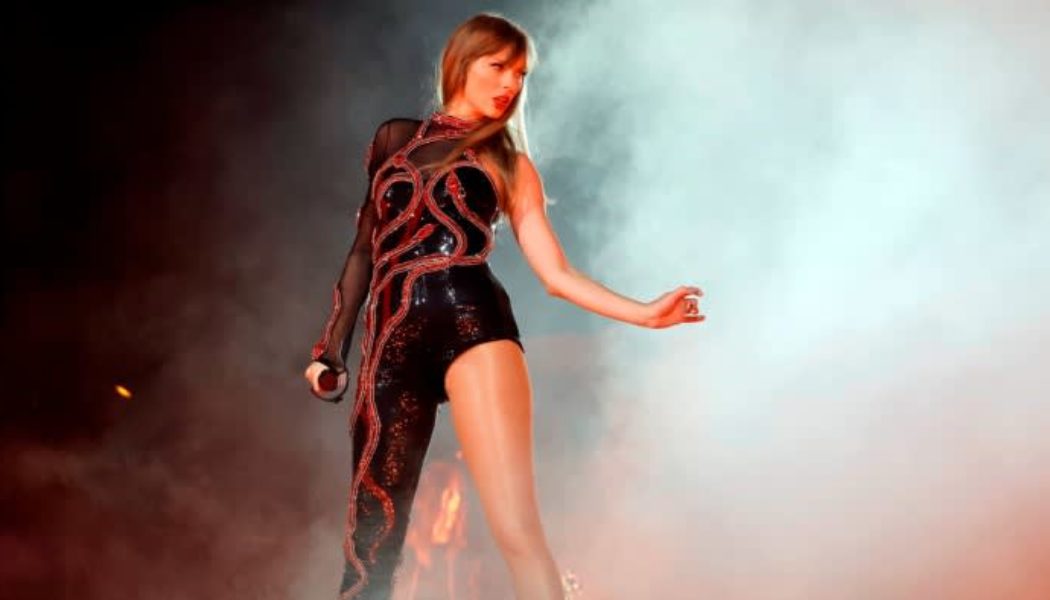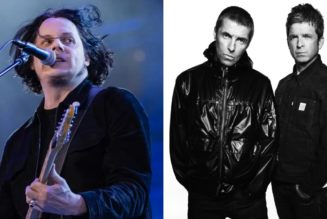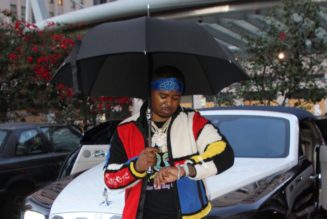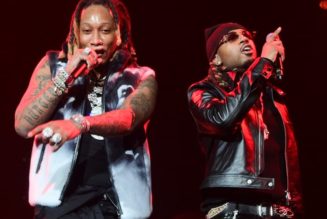
Unlock the Editor’s Digest for free
Roula Khalaf, Editor of the FT, selects her favourite stories in this weekly newsletter.
The music industry, for all its quirks and eccentric personalities, has done some growing up in recent years. Its largest companies have listed on public stock exchanges. The world’s biggest institutional investors have gone into business with music executives, with mixed results.
But the way that money flows in the music business remains opaque. Spotify and other streaming services pay “the industry” billions of dollars a year in royalties. But where that money ends up is largely kept a secret, because it boils down to individual contracts between record labels, musicians, managers and other stakeholders. In this context, a hefty new data set from Luminate, the group that tabulates the all-powerful Billboard charts, is instructive for clues about the money behind the music.
Luminate offers some fun statistics about Taylor Swift’s singular dominance of the industry. Swift accounted for one in every 78 streams in the US last year. Her music sales amount to that of a decent-sized record label, taking up nearly 2 per cent of the album consumption of the entire business. (Americans spent more time last year listening to Swift than the entire genres of classical or jazz.) It is little wonder, then, that the towering figures of the business, such as Universal Music’s Lucian Grainge, have made it a key priority this year to monetise “superfans” of the biggest stars.
Perhaps the most staggering revelation, though, is how little time people spend listening to the vast majority of songs available on Spotify. In fact, much of the catalogue is barely listened to at all. Out of the 184mn total audio tracks available, more than 150mn songs received only 1,000 streams or fewer in 2023, according to Luminate. Some 80mn songs received 10 streams or less. And within that group, more than half — some 46mn songs — received zero streams.
This matters because the industry’s largest companies are in the midst of a campaign to remake the way money flows in streaming. Led by Grainge, such services are being pressured to get rid of what he has described as “merchants of garbage” — clutter that has populated the platforms. It is the first major move to reconstruct the music streaming model that has been in place for more than a decade.
One of the more controversial elements of the new model is “demonetising” — in other words, stop paying — for songs that are not streamed much. Spotify in November appeared to fall in line with Grainge’s wishes. The company confirmed that it would stop paying royalties on songs that received fewer than 1,000 streams a year. The move quickly incited blowback. Amelia Fletcher, a competition professor and independent musician, slammed the changes as discriminatory and exploitative.
It’s important to note that Spotify, which is in the midst of a radical cost-cutting drive, won’t actually save any money from these changes. The group pays a percentage of its sales out to the music rightsholders, which is then divided up between artists based on their share of total listening. These changes are about how much money each artist gets from within that fixed pot.
The financial consequences will be more significant for the major labels, which will expect a windfall with more money going to a select group of blue-chip musicians. This comes after Universal Music in October warned that it would be introducing a “cost savings program” in 2024. Lay-offs are set to begin in the next few weeks, with a couple of hundred jobs expected to be cut globally, according to people familiar with the matter.
In a company of more than 10,000 staff, it’s not a particularly dramatic culling. But it is symbolic for an industry that had experienced a roaring comeback in recent years, posting double-digit revenue growth. That music-streaming boom is now slowing.
Spotify estimates these changes will re-divert $1bn in royalties back towards the “emerging and professional” artists over the next five years. But my hunch is that this has less to do with Spotify, and is more about Big Music trying to get ahead of an AI future. It will not want to repeat the mistakes made during the Napster era.
If tools to create AI-generated songs take off among fans and regular people, there could easily be a future in which thousands of tracks by an AI copy of Drake are added to Spotify, receive four streams and are instantly forgotten about. With these rules already in place, the music industry has preemptively removed such tracks from the financial equation.
anna.nicolaou@ft.com









